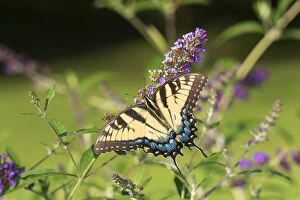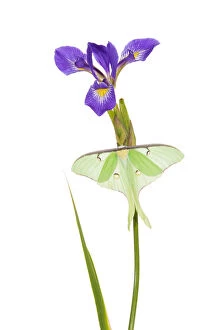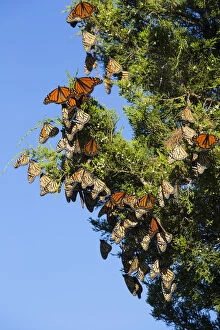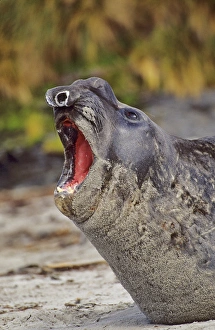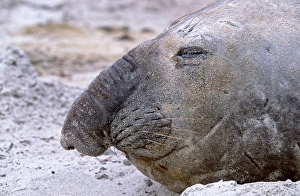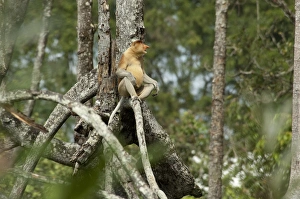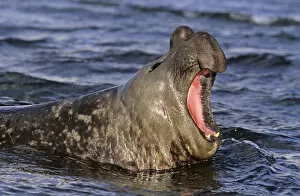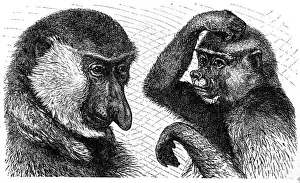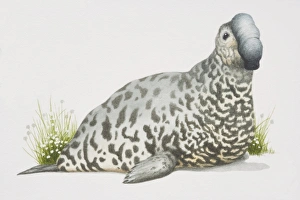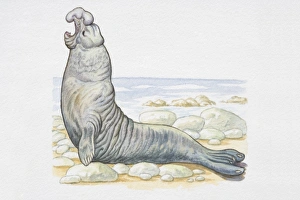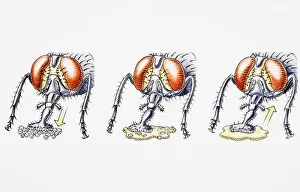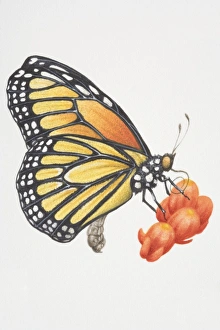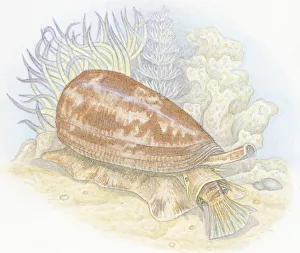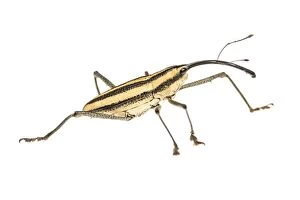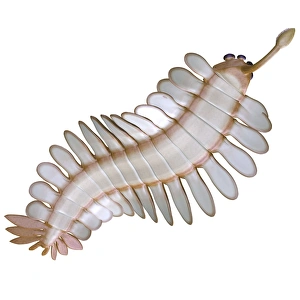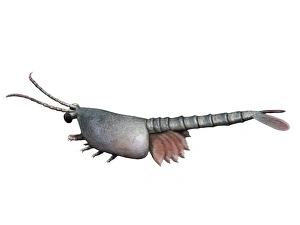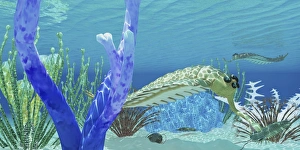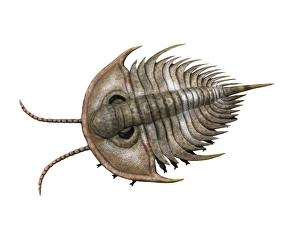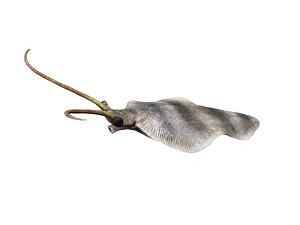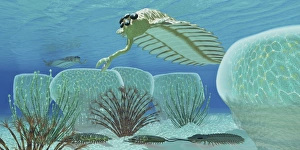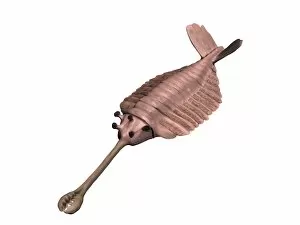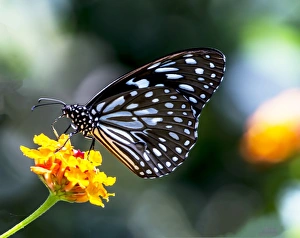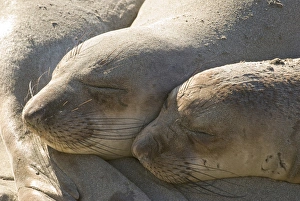Proboscis Collection (page 5)
The proboscis, a fascinating and versatile appendage found in various insects, is truly a marvel of nature. Picture No
All Professionally Made to Order for Quick Shipping
The proboscis, a fascinating and versatile appendage found in various insects, is truly a marvel of nature. Picture No. 11014536 showcases the intricate details of this incredible structure, as seen in different species such as the Culex mosquito, Moth proboscis, Honey bee, and Hummingbird Hawk-moth. In the world of insects, the proboscis serves multiple purposes. For instance, it allows mosquitoes to pierce our skin and suck blood for nourishment. In an intriguing cross-section image of a female mosquito feeding on human skin, we get a glimpse into their internal anatomy during this process. But not all insects use their proboscis for such activities; some rely on it solely for nectar consumption. The Hummingbird Hawk-moth (Macroglossum stellatarum) is one such creature that can be observed in flight while sipping nectar from flowers with its elongated mouthpart. Speaking of flowers, another captivating photograph captures the moment when a Hummingbird hawk-moth indulges in sweet nectar from a Loofah flower (Luffa sp). This interaction between insect and plant highlights the crucial role played by these delicate structures in pollination. The versatility of the proboscis extends beyond just insects; even butterflies like the RF-Glasswing butterfly (Greta oto) utilize it to extract nutrients from flowers they visit. Their transparent wings add an enchanting touch to their already mesmerizing appearance. Lastly, let's not forget about moths. The Elephant Hawkmoth (Deilephila elpenor), with its distinctively shaped head showing off its long proboscis up close in yet another stunning image. These creatures are known for their ability to reach deep into floral tubes to access precious nectar reserves. From piercing skin for sustenance to delicately sipping nectar from vibrant blossoms – these images offer a glimpse into the diverse ways in which insects employ their proboscis.

